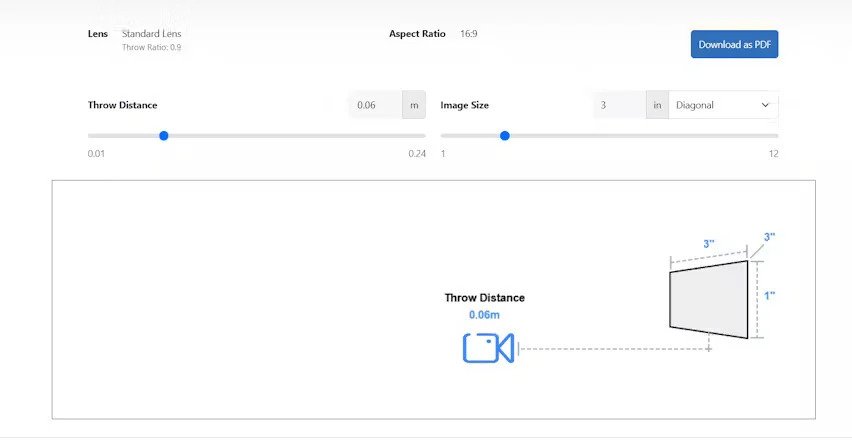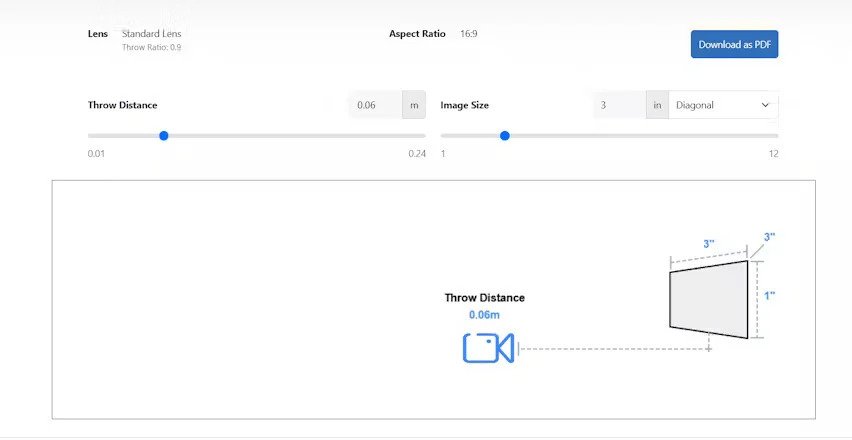Hey there! 👋 If you’re new to web development or looking to upgrade your skills, Laravel is one of the best frameworks to start with. It’s beginner-friendly, powerful, and widely used in 2025 for modern web applications. Laravel simplifies development with built-in tools, making it an excellent choice for beginners and professionals alike.
In this guide, I’ll walk you through everything you need to know to get started with Laravel, from installation to building a real-world project. Let’s dive in! 🚀
Getting Started with Laravel
Setting up your first Laravel project is easier than you think! Let’s go through the essentials to get you started.
Installing Laravel and Prerequisites
Before installing Laravel, ensure you have the following:
- PHP (>=8.0)
- Composer (Dependency Manager)
- A local development server (XAMPP, WAMP, or Laravel Homestead)
Step-by-Step Installation:
- Install Composer: Download and install it from getcomposer.org.
- Install Laravel: Open your terminal and run:
composer create-project --prefer-dist laravel/laravel myLaravelApp - Start the Laravel development server:
php artisan serve - Visit http://127.0.0.1:8000/ in your browser to see your Laravel project in action. 🎉
Common Errors & Fixes:
- Composer errors? Ensure PHP is correctly installed and added to your system’s PATH.
- Permission issues? Try running Composer with administrative privileges.
Exploring the Laravel Directory Structure
Laravel follows the MVC (Model-View-Controller) architecture, organizing code efficiently.
Key Folders & Their Roles:
| Folder | Purpose |
| app/Http/Controllers | Stores controllers for handling requests |
| resources/views | Contains Blade templates for the UI |
| routes/web.php | Defines web routes |
| database/migrations | Manages database structure |
Core Concepts Every Beginner Should Master
To become proficient in Laravel, you must understand the core functionalities. Let’s break them down.
Building Your First Route and Controller
Routes define how your application responds to user requests.
Example: Open routes/web.php and add:
Route::get('/hello', function () {
return "Hello, Laravel!";
});Now visit http://127.0.0.1:8000/hello to see it in action! 🚀
Designing Pages with Blade Templating
Laravel’s Blade templating engine simplifies UI design.
Example: Create a welcome.blade.php file inside resources/views/:
<!DOCTYPE html>
<html>
<head>
<title>Laravel Blade</title>
</head>
<body>
<h1>Welcome to Laravel, {{ $name }}!</h1>
</body>
</html>
Now return this view from a controller:
return view('welcome', ['name' => 'John']);Managing Data with Eloquent ORM
Eloquent ORM makes database operations smooth and intuitive.
Creating a Model & Migration:
php artisan make:model Post -m |
This command generates a Post model and a migration file. Define database fields inside the migration file before running:
php artisan migrate |
Now, interact with your database using Eloquent:
php artisan make:model Post -m |
Building a Real-World Project
Let’s apply what we’ve learned by creating a simple blog system with authentication. 📝
Creating a Blog System from Scratch
- Install Laravel Breeze for authentication:
composer require laravel/breeze --dev |
- Generate authentication views:
php artisan migrate |
- Create a PostController to handle blog posts.
php artisan make:controller PostController |
- Add image uploads and markdown support for rich content.
Deploying Your Laravel Application
Once your project is ready, it’s time to go live! 🚀
Hosting Options:
| Hosting Provider | Features |
| Laravel Forge | Cloud-based Laravel deployment |
| Laravel Vapor | Serverless deployment |
| Shared Hosting | Affordable but limited |
Optimize performance using Redis caching and CDNs for faster load times.
Choosing the Right Laravel Development Services
If your project is complex, hiring a Laravel development company can save you time and resources.
Signs You Need Expert Help
- You need advanced features like real-time chat or API integrations.
- You’re working on a large-scale application.
- You want to reduce development time.
Final Thoughts
Laravel makes web development enjoyable and efficient. Whether you’re building your first website or working on a complex project, Laravel has the tools to make your journey smooth.
Key Takeaways:
- Laravel simplifies complex tasks with built-in tools.
- You can build anything from blogs to enterprise applications.
- Partnering with a Laravel web development company can accelerate your project.
Frequently Asked Questions (FAQs)
1. Is Laravel suitable for non-PHP developers?
Yes! While Laravel is PHP-based, its intuitive syntax makes it easier for developers from other backgrounds to learn quickly.
2. What are the prerequisites for learning Laravel?
You should have a basic understanding of PHP, MySQL, and MVC architecture. Knowing HTML/CSS is a plus!
3. How much does it cost to hire a Laravel developer?
Laravel developers charge between $20 to $150 per hour, depending on experience and project complexity.
4. Can I build mobile apps with Laravel?
Yes! You can use Laravel as a backend API for mobile apps using frameworks like Flutter or React Native.
5. How does Laravel compare to WordPress for SEO?
Laravel provides more flexibility and performance optimization, while WordPress is easier for content management. If SEO is a priority, Laravel allows deeper customization.
That’s it, folks! 🎉 Hope you enjoyed this guide. If you’re ready to build your next big project, Laravel is the way to go! 🚀
Also, Make sure to check out this amazing blog: https://techners.net/how-to-build-a-resume-that-impresses-recruiters/














Leave a Reply